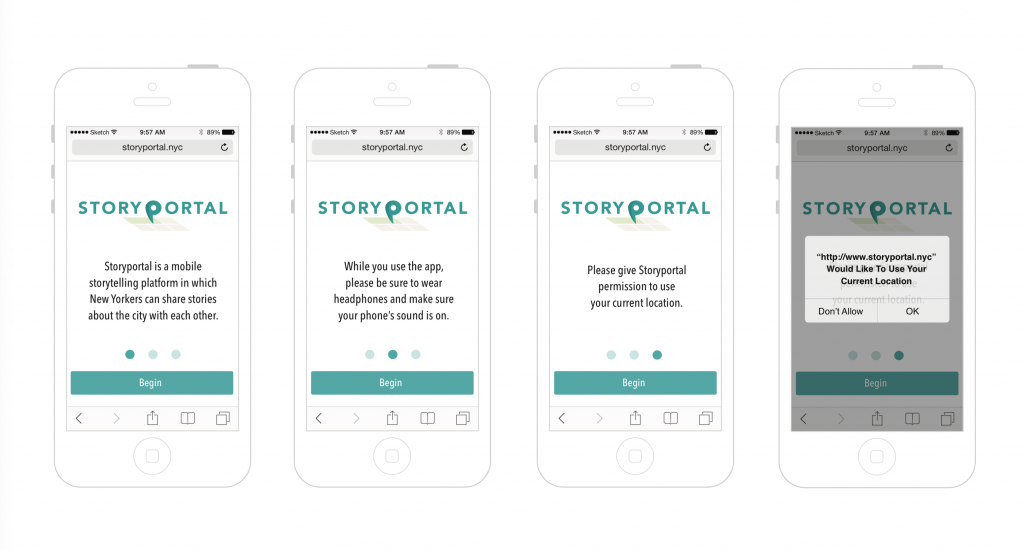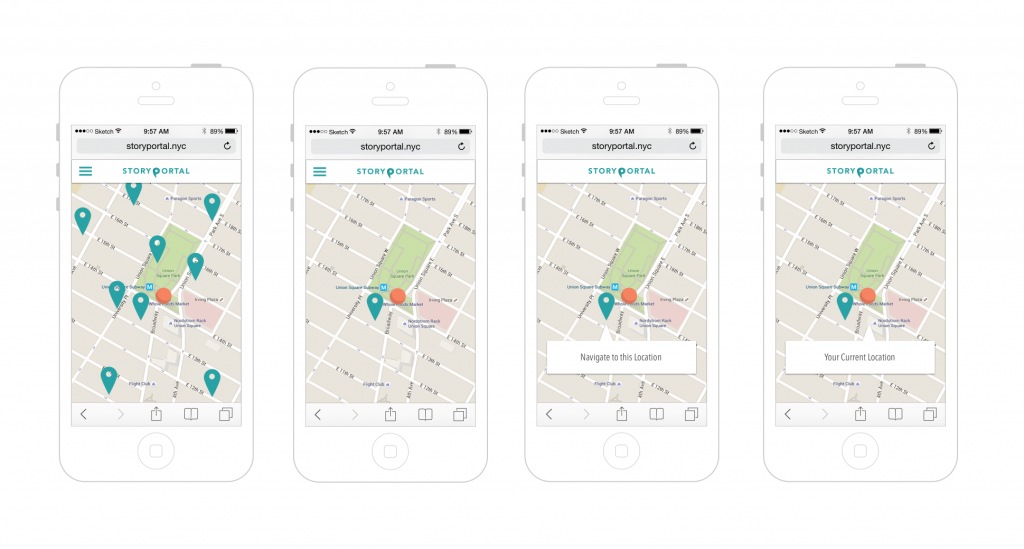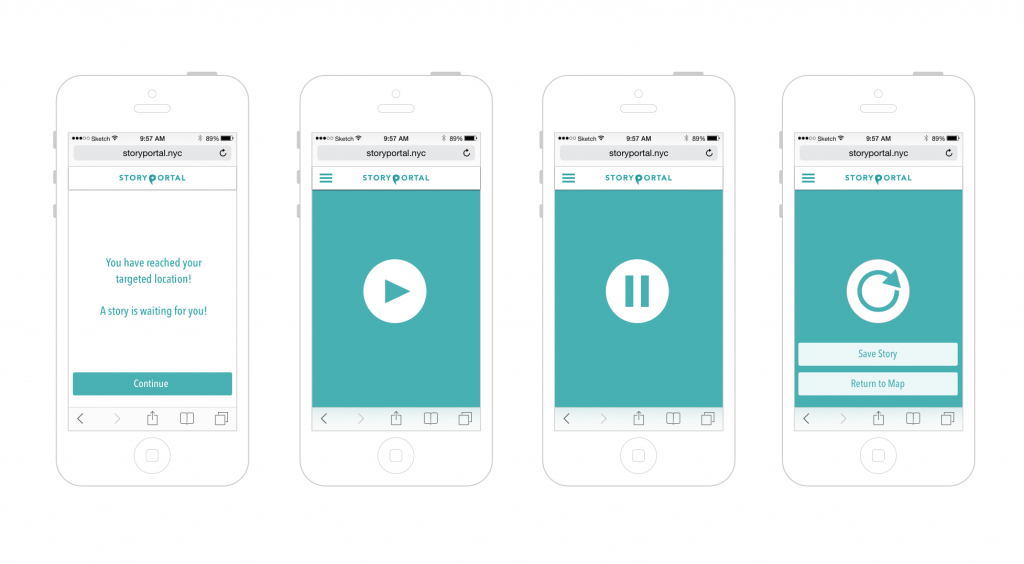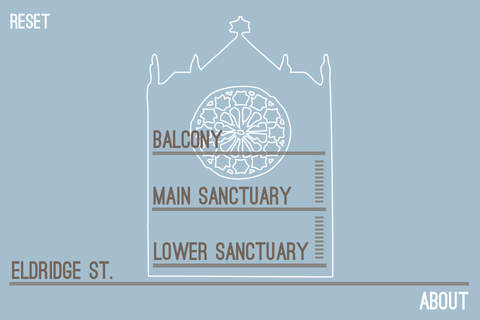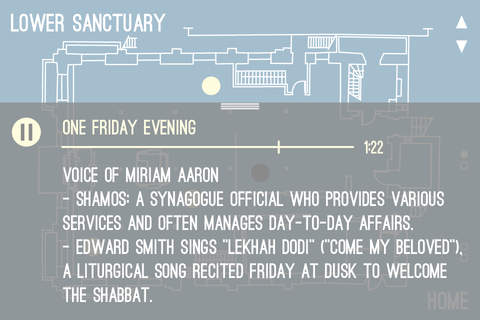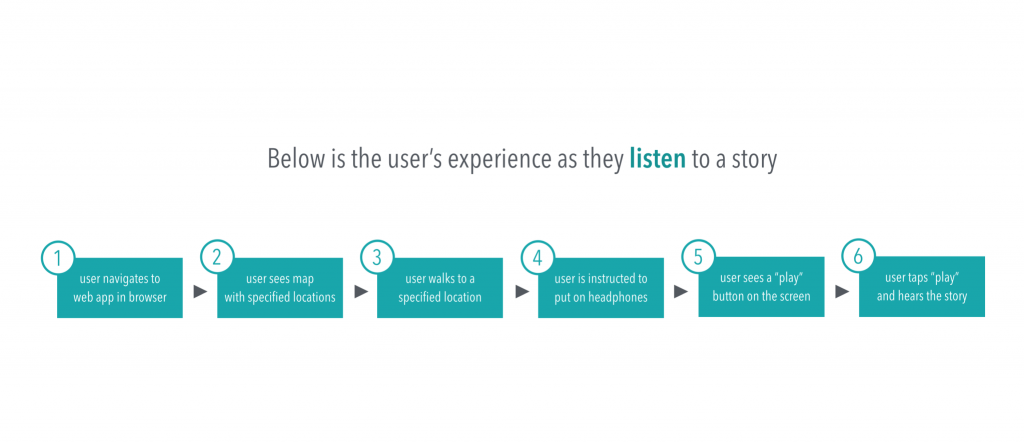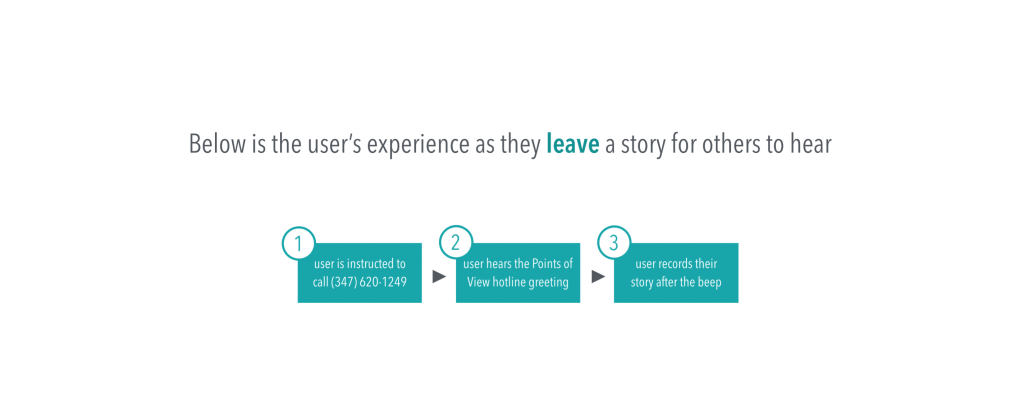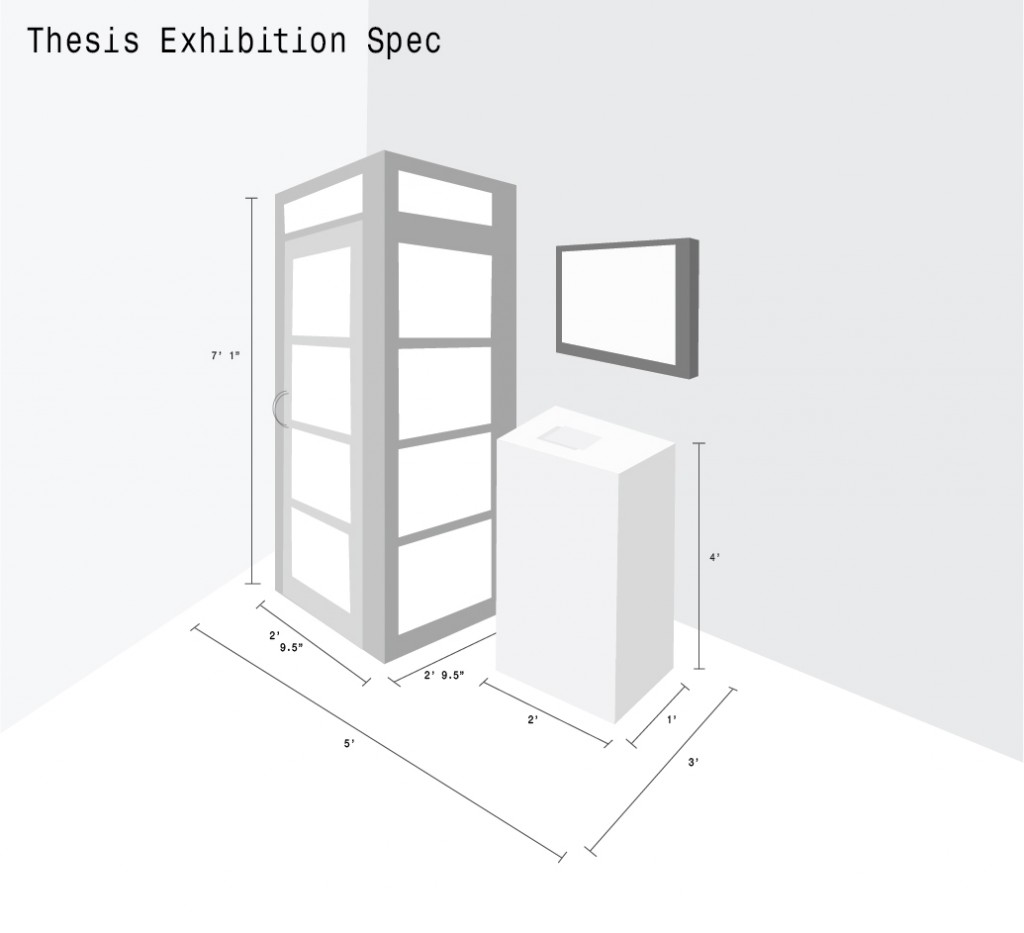I met with a New York City tour guide named Barry Feldman with the hopes of getting another take on my project and hopefully a story or two. Barry was incredibly helpful. He and gave me some insights into collecting stories from people and also helped me to think of numerous people and organizations to speak with throughout the city.
Barry first suggested that I split everything up into a few geographic areas around the city to focus on. He also thought that I should focus on speaking with two groups in particular: the older people that have been living in these neighborhoods for a long time, through many different changes, and the younger people who have moved in more recently. At first, I wasn’t sure about this, but after speaking with a number of people, I realize that changing neighborhoods are always on everyone’s mind and that it is a good way to get people to start talking about the places they live and work in.
Lower East Side
In the Lower East Side, he suggested that I speak with the Angel Oreansanz Foundation. Angel Oreansanz is a Spanish sculptor who bought an old synagogue in the Lower East Side to use as his studio in 1986. He also suggested that I speak with the people that started the Tenement Museum. A specific event that he suggested I look into is the Eggrolls, Egg Creams and Empanadas Festival in June in the Lower East Side. The festival celebrates the cuisines and cultures of the Chinese, Jewish and Puerto Rican immigrants that have called the Lower East Side their home for many years. Barry also suggested I look into Chinese American Community Centers and talked about the Museum of Chinese in America on Centre Street in Manhattan.
Barry also recommended that I speak with the owners of Russ and Daughters to hear more about the history and mission of the store throughout its lifespan in the city.
Brooklyn Heights
Brooklyn Heights is where I have lived for the last four years and Barry told me a bit about the area’s history. In 1965, Brooklyn Heights was established as the first “Historic District” in New York City through the Landmarks Preservation Act. The city approved the designation after many blocks in the neighborhood had fallen into disrepair and the neighborhood began to resemble a slum. Neighbors rallied to make sure that these old, historic buildings weren’t knocked down to build new, modern buildings. Barry suggested that I try to find people in the neighborhood that might remember the fight and might be willing to talk about their experience with it.
Barry also suggested that I speak with the Brooklyn Historical Society and the Brooklyn Women’s Exchange. He even suggested that I walk around the promenade on a nice day with a tape recorder. Another interesting landmark in Brooklyn Heights is Plymouth Church, which was very involved in the abolitionist movement. The church’s basement has elaborate tunnels that, at one time, housed slaves traveling north on the underground railroad.
DUMBO and Vinegar Hill
DUMBO has had many galleries move into the area and Barry suggested that I speak with the people in these galleries. Many of these galleries are in the building on Front Street and he suggested that I visit these galleries and ask them about the types of art being shown, the artists that are showing their work, what people come to see the work, etc. Barry also noted that these galleries and expensive businesses that DUMBO is known for now are in stark contrast to the people in NYCHA housing nearby. Barry said that I might want to talk to these people to get their take on the changing neighborhood as well. I definitely think that would be interesting, but am not sure how exactly I’d go about that sort of conversation.
Barry also recommended that I speak with the owners of Grimaldi’s Pizza and Juliana’s Pizza and ask them about their famous rivalry… I love this idea because I moved in right before Juliana’s first opened and was hearing about it all the time. I definitely sided with Juliana’s, mostly because I didn’t want to wait in the giant line at Grimaldi’s. However, now both lines are pretty long.
Barry also said I should also talk to St. Ann’s Warehouse, which just moved to a fancy, new location nearer to the water and Jane’s Carousel just next door.
Upper West Side
First, Barry told me to contact one of the neighborhood preservation groups like Landmark West! or the West End Preservation Society and tell them about my project, which I think is a great idea. I should also look into these types of organizations in other parts of the city as well.
Barry also told me to go to Zabar’s on 80th street on a weekday afternoon at about 2:00 pm and I would find a group of old ladies that meet up to gossip about the neighborhood. He said that they would definitely be willing to speak with me and tell me a story.
Barry then suggested that I check out (and eat at) an old, Jewish deli called Barney Greengrass on 86th and Amsterdam that specializes in smoked fish and has been around since 1908!
Barry volunteers at the NY Common Pantry and suggested that I come along with him one week and speak with some of the employees there about their experiences.
Upper East Side
Barry suggested that I contact the Friends of the Upper East Side organization about how that particular neighborhood has changed over time. He also suggested that I look into the many museums up there and attend the Museum Mile Festival in June.
Murray Hill
Barry said that it might be interesting to contact the National Arts Club, which is directly across the street from Gramercy Park, the famous, exclusive park that you need a key to get into. The Players Club is a “private social club” founded by none other than John Wilkes Booth’s brother, Edwin Booth, in 1888. Barry suggested that I ask both the National Arts Club and the Player’s Club about their and the park’s relationship to the surrounding neighborhood.
Harlem
Barry suggested that I go on the Harlem House Tour in June where homeowners in Harlem open their historic houses for people to see. Barry said that many of the homeowners are very enthusiastic about talking to visitors about the neighborhood and might have interesting stories about the neighborhood. He also said I should check out Marcus Garvey Park and see if anyone there would talk to me. He also said that perhaps a church or two would speak with me as well.

